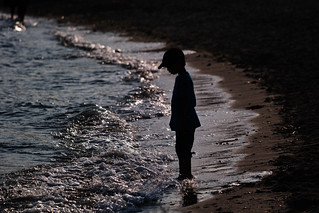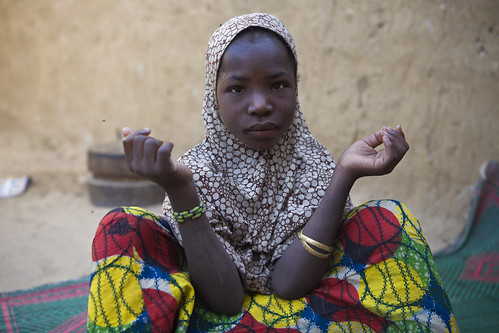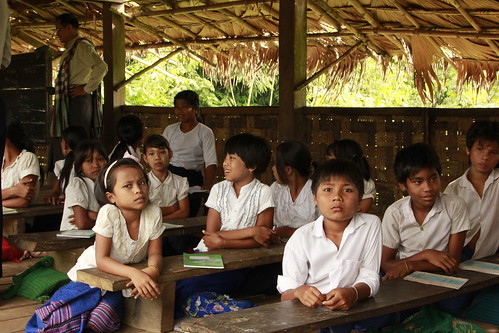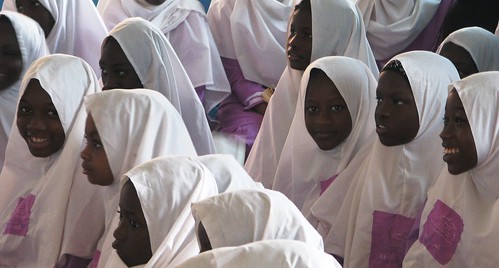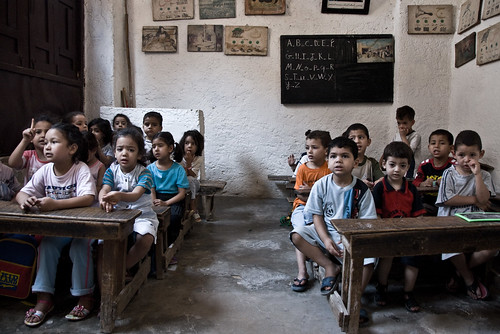UAE Child Rights Law Contains Controversial Breastfeeding Clause
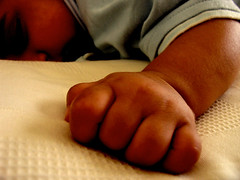 In January, the Federal National Council of the United Arab Emirates drafted a law to protect children’s rights. Controversy has arisen over recent months because of a clause that mandates women breastfeed their children, if physically able, for the first two years of their lives. The government hopes to use this clause to raise the rates of breastfeeding as a way to improve child nutrition and health.
In January, the Federal National Council of the United Arab Emirates drafted a law to protect children’s rights. Controversy has arisen over recent months because of a clause that mandates women breastfeed their children, if physically able, for the first two years of their lives. The government hopes to use this clause to raise the rates of breastfeeding as a way to improve child nutrition and health.
This clause has been criticized because it legislates a very personal decision for women, making breastfeeding a legal requirement rather than a choice. For this reason, many consider this to be a question of women’s rights. Additionally, many women cannot breastfeed, while others have difficulty doing so and many more choose to feed their child with formula either entirely or as a supplement to breast milk.
The controversy also stems from the lack of clarity surrounding exactly how the law would be implemented. Would women be sued, punished or imprisoned for failing to breastfeed their children for a full two years? This question remains unanswered and hotly debated.
“Breast milk is very important for a child. In the end of the day we want women to try as much as they can to feed their baby naturally. This is not to say that women who do not are criminals, but they may face disciplinary measures, but definitely not prison,” explained Sultan Al Sammahi, deputy head of the Committee on Health, Labour and Social Affairs for the Federal National Council.
An Emirati lawyer, Ali Al Abadi, interprets the clause’s wording differently, claiming that it can mean if a mother “did not breastfeed the child, is subject to punishment under this bill unless there is a reason why she cannot. But if she has been found to be neglecting this right it would be considered as an offence, even if the law is not intended to punish.”
Creative Commons Love: el7bara on Flickr.com

